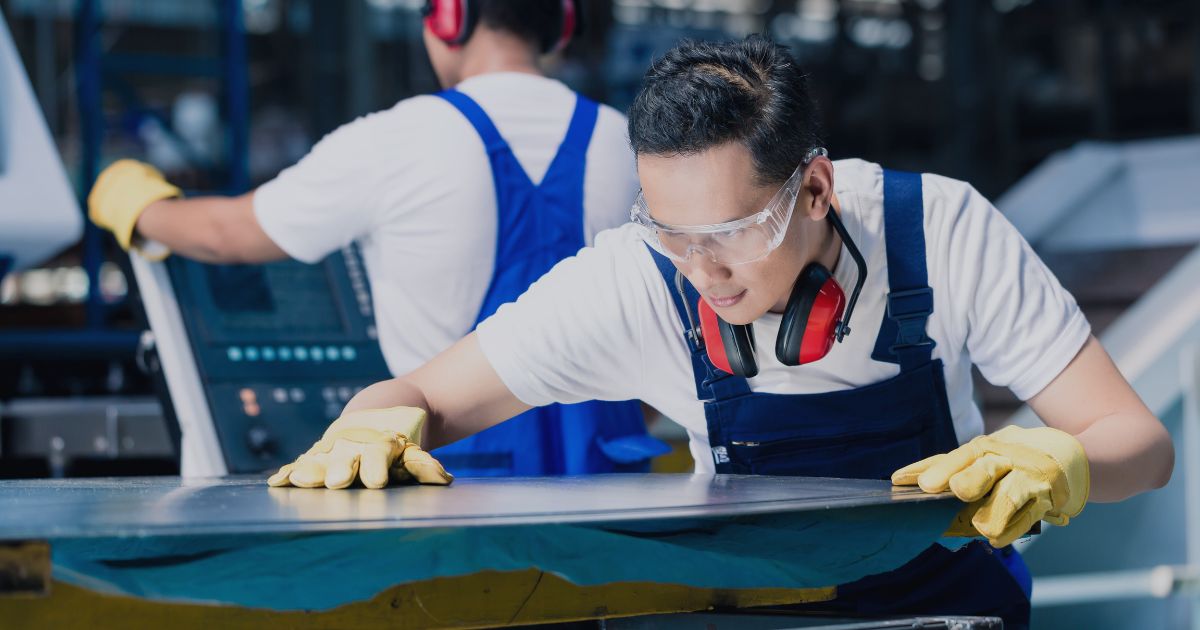The Role of Galvanization in Car Repair Panels

The Role of Galvanization in Car Repair Panels
Galvanization, a technique of electrochemical metal coating, plays a crucial role in the processes of repairing and protecting car body parts. It not only secures metal parts against corrosion but also improves their aesthetics and mechanical properties. This process has gained enormous significance in the automotive industry, particularly in the context of accident repairs and maintenance of older vehicles.
History and Importance of Galvanization
Galvanization has its roots in the 18th century, when Luigi Galvani discovered the phenomenon of electrical conductivity. Since then, this technology has evolved to become one of the most important processes in material engineering. In the context of car body repairs, galvanization is indispensable as it effectively protects parts from corrosion, which is crucial for their longevity and reliability. Corrosion is one of the main issues car owners face, and galvanization provides an effective solution to this problem.
The Galvanization Process
Galvanization involves several stages, starting with immersing the metal part in an electrolytic bath containing dissolved metal salts such as zinc, nickel, chrome, or copper. Then, by passing an electric current through the bath, the metal deposits onto the part's surface. This creates a thin but durable coating that provides protection against corrosion and mechanical damage.
In the galvanization process, it is particularly important to precisely control parameters such as current density, bath temperature, and process duration. These factors affect the quality and thickness of the galvanic coating, which directly translates to its protective and mechanical properties.
Surface Preparation for Galvanization
The effectiveness of galvanization largely depends on proper surface preparation. This process includes thoroughly cleaning the metal part from rust, grease, and other contaminants, achievable through sandblasting, grinding, or chemical degreasing. Precise surface preparation is essential for the galvanic coating to be evenly distributed and fulfill its protective functions.
For car body parts such as the bodywork, surface preparation can be particularly demanding due to complex shapes and hard-to-reach areas. Therefore, specialized tools and techniques are used in body shops to ensure effective cleaning and metal preparation before galvanization.
Galvanization in Car Repair Panels
In automotive workshops, galvanization is used for both accident repairs and maintenance of older vehicles. During the repair of damaged body parts, such as doors, hoods, or bumpers, galvanization restores their original properties and protects them from further damage. This process includes damage assessment, surface preparation, galvanization, and final treatment, such as polishing or painting.
An example of using galvanization in car repairs is the regeneration of rusty parts such as fenders or sills, which regain their strength and appearance after cleaning and galvanization. In accident repairs, galvanization allows damaged parts to be restored to their original properties while protecting them from future damage.
Benefits of Galvanization in Car Repairs
Galvanization offers many benefits in the context of car repairs, including:
- Corrosion Protection: The galvanic coating effectively protects metal from atmospheric factors such as moisture and road salt. Corrosion is a chemical process that gradually destroys metal, and galvanic coatings provide an effective barrier against this process.
- Improved Mechanical Properties: Galvanic coatings increase hardness and resistance to mechanical damage. This makes car parts with a galvanic coating less prone to scratches, impacts, and other forms of mechanical wear.
- Aesthetics: The galvanization process gives repaired parts a uniform, glossy surface. Aesthetic appearance is an important aspect, especially for visible car body parts, which influence the overall look of the vehicle.
- Durability: Parts with a galvanic coating are more durable and less prone to damage, extending their lifespan. Long-term protection provided by galvanization means lower repair and maintenance costs in the future.
Examples of Application
An example of using galvanization in car repairs is the regeneration of rusty parts such as fenders or sills, which regain their strength and appearance after cleaning and galvanization. In accident repairs, galvanization allows damaged parts to be restored to their original properties while protecting them from future damage.
Another example is the repair of exhaust system components, which are particularly exposed to corrosion due to extreme working conditions such as high temperatures and the presence of aggressive chemicals. Galvanization of these components provides long-term protection and increases their resistance to corrosion.
Challenges and Future of Galvanization
Despite its numerous advantages, galvanization also faces challenges, such as the need for precise surface preparation, which is time-consuming and requires precision. Additionally, the process involves using chemicals that can be harmful to the environment, requiring proper waste management.
In the future, we can expect further development of galvanization technology, focusing on increasing process efficiency and reducing its environmental impact. Research on new, more eco-friendly electrolytes and methods of recycling galvanic waste can contribute to the even greater popularity of this technology in the automotive industry.
One area of research is the development of electroless galvanization technology, which allows metal coatings to be deposited without using an electric current. This method can offer better control over the thickness and quality of the coating, which is particularly important in precise applications such as car repairs.
Summary
Galvanization plays a key role in car body repairs, providing protection against corrosion, improving mechanical properties, and enhancing the aesthetics of repaired parts. Thanks to it, metal parts are more durable and resistant to damage, translating to longer lifespan and better appearance of vehicles. Despite some challenges, galvanization remains an indispensable technology, and its further development will bring even greater benefits to the automotive industry.